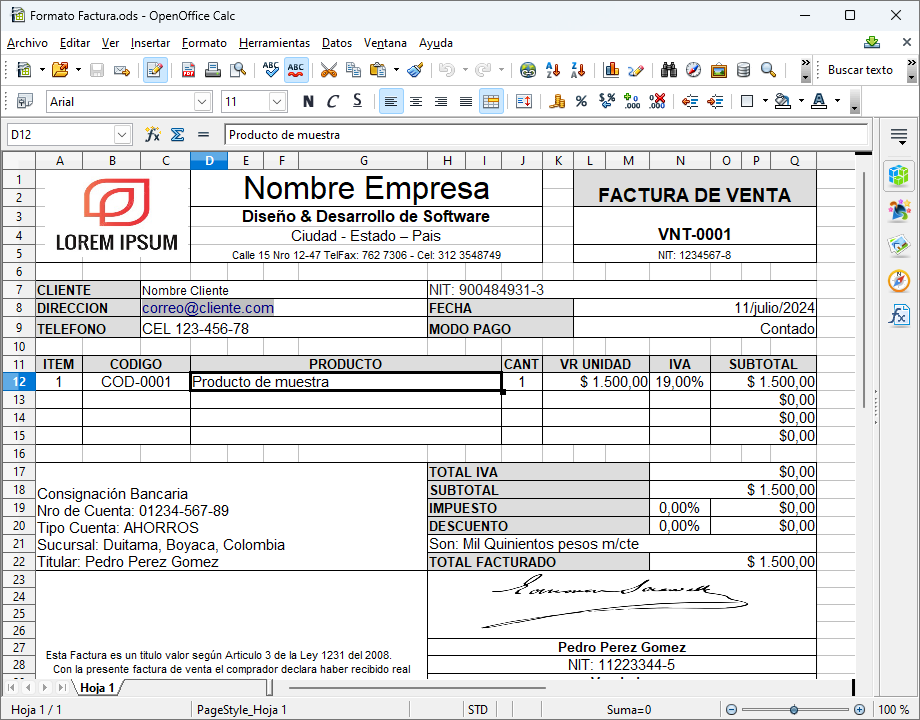The Impact of Seasonality on Inventory Management
Inventory management is a crucial aspect for any company that is dedicated to the production, distribution, or sale of products. However, there is a factor that can significantly affect the efficiency of this management: seasonality. In this article, we will explore the impact of seasonality on inventory management and how companies can leverage data to make informed decisions.

What is seasonality?
Seasonality refers to the patterns of variation in the demand for products or services that occur at different times of the year. These patterns can be caused by factors such as holidays, seasons, sporting or cultural events, among others. Seasonality can significantly affect the demand for products, which in turn can impact inventory management.
Examples of seasonality
- The demand for toys and gifts increases during the holiday season.
- The demand for summer clothing increases during the months of June and July.
- The demand for home products increases during the moving season in the spring.
The impact of seasonality on inventory management
Seasonality can have a significant impact on inventory management, as it can affect the demand for products suddenly and significantly. If a company is not prepared to handle seasonality, it may face problems such as:
- Stockouts (lack of inventory) during periods of high demand.
- Excess inventory during periods of low demand.
- Additional costs for storage and inventory handling.
- Loss of sales and opportunities due to lack of inventory.
How to leverage data to manage seasonality
To manage seasonality effectively, companies must leverage data to make informed decisions. Some strategies for doing this include:
- Analysis of historical trends: analyzing historical demand patterns to identify trends and seasonality patterns.
- Demand forecasting: using demand forecasting techniques to anticipate future demand and adjust inventory levels accordingly.
- Inventory optimization: using optimization algorithms to determine optimal inventory levels based on forecasted demand and storage and handling costs.
- Real-time monitoring: monitoring demand and inventory levels in real-time to make quick and accurate adjustments.
Seasonality is an important factor that can significantly impact inventory management. However, by leveraging data and using analysis and forecasting strategies, companies can effectively manage seasonality and make informed decisions to optimize their inventory levels. By doing so, they can reduce costs, increase efficiency, and improve customer satisfaction.





